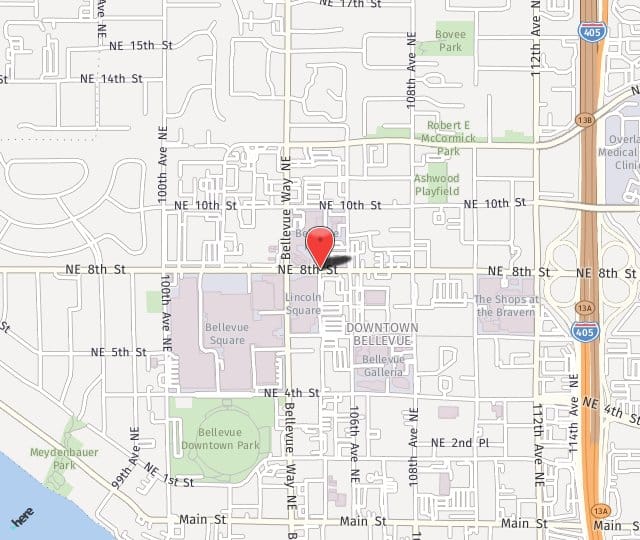As today’s image-conscious population matures, greater numbers of patients are seeking procedures to eradicate or minimize photo-damaged skin and the ravages of time that cause skin to appear older.
Fortunately, there are several technologies to meet the aesthetic needs of your patients, from the gold-standard of laser resurfacing with its broadened utility to the latest generation of non-ablative skin treatments using Intense Pulsed Light, as well as the complementary finishing polish achieved with microdermabrasion techniques.

As featured in Elle Magazine, WebMD calls the Fractional CO2 laser the Number One Anti-aging breakthrough of the decade. In the article, the authors explain that CO2 laser delivers powerful results without the traditionally harsh side effects.
Laser resurfacing is a precise, effective, and long-lasting method of skin rejuvenation. The carbon dioxide (CO2) laser precisely and evenly ablates the surface of the skin, layer by layer, permitting clear definition of landmarks and optimal depth control—a valuable tool for treating a range of aesthetic conditions, including wrinkles, aging or tired eyelids, and acne scarring.
Dr. Kristin Tarbet uses Lumenis Ultra Pulse Fractional Laser to eliminate moderate to deep lines and creases due to aging and photo-damage. Co2 Laser skin resurfacing is a tried and true approach to skin rejuvenation, precisely removing layers of skin to correct fine lines and wrinkles, acne scars and smooth skin, soften pucker marks, and repair skin discoloration. The results of laser resurfacing are generally quite dramatic and long-lasting.
FAQ
Is CO2 Lasering Safe?
Yes, when performed by an experienced medical professional, CO2 lasering is very safe. However, similar to other cosmetic procedures, CO2 lasering is not without risk. Although rare, it is not uncommon to experience:
- Swelling.
- Redness.
- Slight blistering.
- Discomfort.
- Chance of infection.
Keep in mind that the depth of your CO2 lasering does determine the possibility of side effects as well as increase your downtime. Superficial treatments usually have shorter downtimes and very little risk. Medium-depth to deep CO2 lasering treatments do have a higher likelihood of side effects and do have a longer recovery period.
Is CO2 Lasering Painful?
Most patients tolerate CO2 lasering well, however, a topical anesthetic can be applied to ensure you are comfortable with during the procedure. Some patients may feel warmth or tingling during treatment and depending on the depth laser treatment, may have some discomfort afterward. All of the risks, benefits, and what you can expect will be discussed in your initial consultation with Dr. Tarbet.
How Long Is the Recovery Period?
Everyone heals differently, however, patients who have more superficial treatment will have shorter recovery times. Patients who choose medium-depth, deep-depth, or full-face CO2 laser treatment will have a longer recovery period, sometimes up to 14 days. During this time, you will need to follow your post-treatment care instructions and stay inside to avoid the risk of infection. Eventually, your skin will start to peel and reveal healthier, smoother skin. Dr. Tarbet will schedule a follow-up appointment to ensure you are healing properly.
Who Is a Good Candidate for CO2 Lasering?
The best candidates for CO2 lasering are patients who understand the risks, benefits, and possible complications of the procedure. They have sun damage, hyperpigmentation, or want to erase the signs of premature aging. They also understand that CO2 laser treatment cannot be performed on patients who have any type of infection of the skin, or on patients with certain types of underlying skin disorders.
How Long Will My Results Last?
Patients can expect their results to last quite a while after CO2 lasering. Those who have deep CO2 lasering usually have the longest-lasting results.

